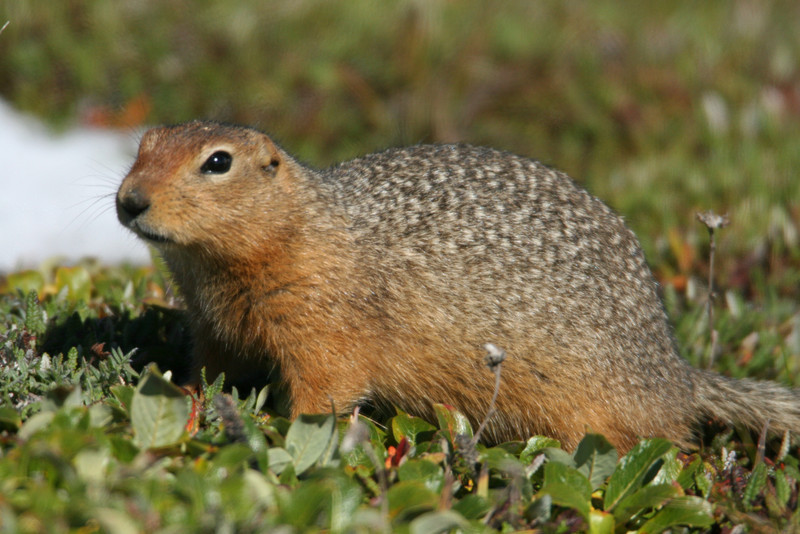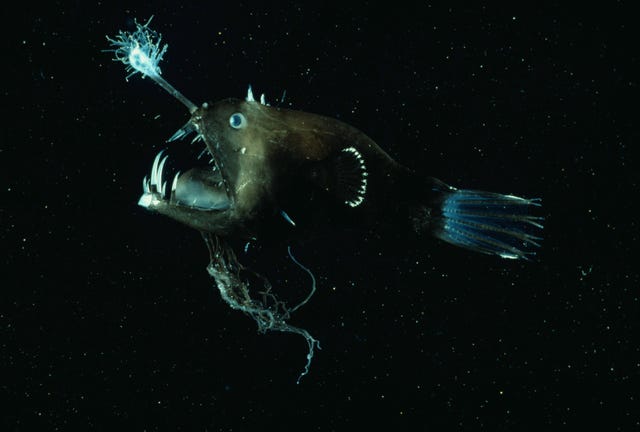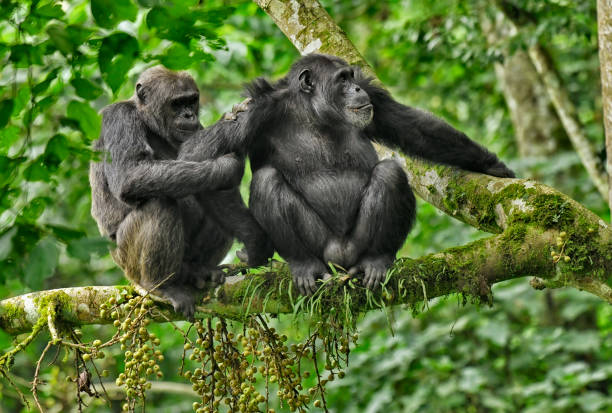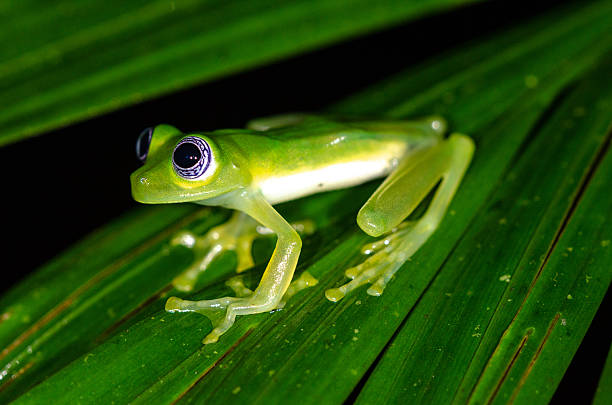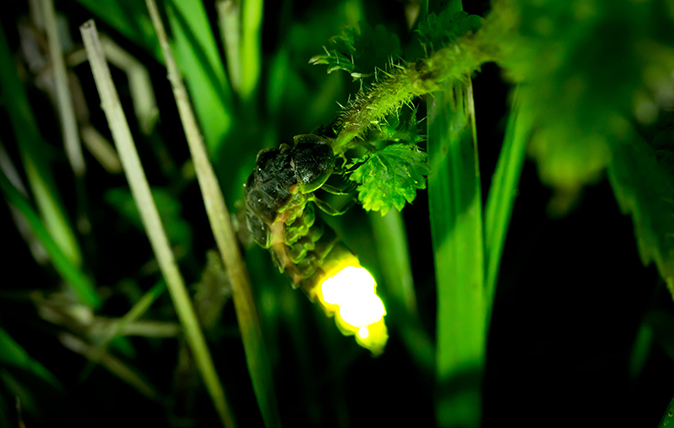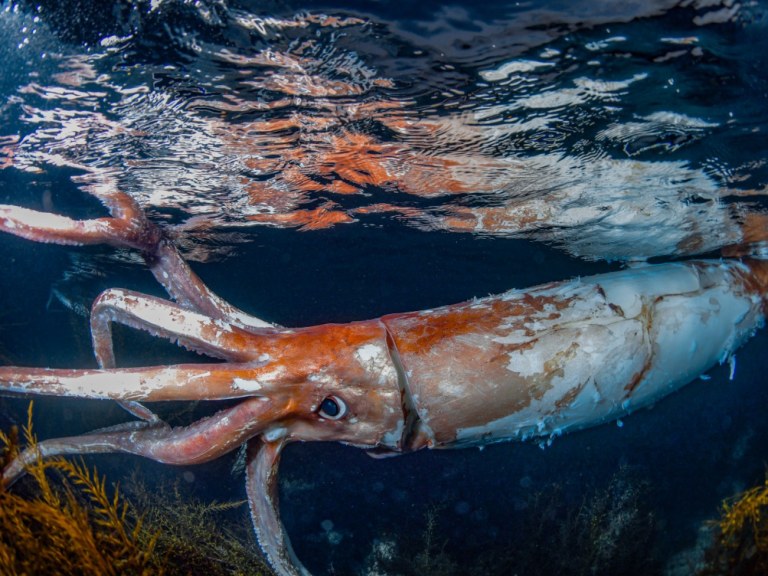When winter descends and the world quiets beneath blankets of snow or the harsh breath of drought, most creatures struggle to survive. Food grows scarce, temperatures plummet, and even the sun seems to retreat. Yet some animals face this seasonal hardship not with flight or fight—but with an astonishing act of endurance. They vanish into deep stillness, slowing their hearts, cooling their blood, and drifting into a state that seems halfway between life and death.
This is hibernation—nature’s most mysterious pause. But hibernation isn’t just “sleep.” It’s a masterful biological symphony of conservation, chemistry, and survival. For months, these creatures hover at the edge of life, waiting patiently for warmth and abundance to return.
Let’s journey into the strange, silent world of fifteen animals that take hibernation to extraordinary extremes. Some freeze solid. Others vanish underground or underwater. A few even “sleep” through summer. Each has mastered a unique strategy for surviving the impossible.
1. Arctic Ground Squirrel – The Ice-Blooded Sleeper
If there were a gold medal for hibernation, the Arctic Ground Squirrel would win it without contest. Found in Alaska and northern Canada, this small rodent achieves something that borders on science fiction—it lets its body temperature drop below freezing.
During the brutal Arctic winter, the squirrel’s body temperature can plunge to -3°C (27°F), yet it doesn’t die. Its blood and tissues remain unfrozen thanks to special proteins that act like antifreeze. Heartbeat? Only once every minute. Breathing? Nearly imperceptible.
Every few weeks, the squirrel briefly warms up, shivering itself back to life before cooling again. This strange rhythm of freezing and revival allows it to survive up to nine months without food. When spring finally returns, it awakens, shakes off its icy slumber, and scurries into the sun as if nothing happened.
Scientists study these squirrels to understand how their extreme hibernation could one day help humans—perhaps in organ preservation or long-term space travel.
2. Wood Frog – The Frozen Heart That Beats Again
Imagine an animal freezing solid—heart stopped, blood turned to ice—only to thaw and hop away come spring. It sounds like a fairy tale, but for the wood frog, it’s reality.
This remarkable amphibian lives across North America, even in the freezing tundra. When winter hits, it doesn’t burrow deep enough to escape frost. Instead, it surrenders to it. The wood frog’s heart stops beating, its lungs cease breathing, and ice crystals form throughout its body.
But it survives because of a lifesaving trick: it fills its cells with glucose, a natural antifreeze that prevents ice from destroying tissues. In spring, as temperatures rise, the frog thaws from the inside out. Within hours, its heart resumes beating, its limbs twitch, and life flows again.
The wood frog is the only vertebrate known to survive being frozen solid for months. It’s not just a hibernator—it’s a creature that defies death itself.
3. Common Poorwill – The Sleeping Bird of the Desert
Most birds migrate to escape cold seasons. But the Common Poorwill, a small nocturnal bird of western North America, takes a more radical approach—it hibernates.
When winter comes, the Poorwill finds a rocky crevice, lowers its body temperature dramatically, and enters a state of suspended animation for weeks or even months. Its heartbeat and breathing slow to barely measurable levels, conserving energy until insects return in spring.
Indigenous peoples of the American Southwest long knew this bird’s secret, calling it “the sleeping one.” It’s the only bird known to enter true hibernation. While other birds may enter brief torpor (short-term energy-saving sleep), the Poorwill’s hibernation rivals that of mammals.
In the silence of winter deserts, where even the wind seems to rest, this tiny bird sleeps as time itself pauses around it.
4. Brown Bear – The Dreamer of the Mountains
When most people think of hibernation, they imagine the mighty brown bear curled in its den, sleeping through the snow. But bear hibernation is far more complex than simple sleep.
For up to seven months, the brown bear neither eats, drinks, urinates, nor defecates. Its heart rate drops from about 50 beats per minute to as low as 8. Yet unlike smaller hibernators, its body temperature only dips slightly—just enough to save energy without freezing its massive frame.
What’s truly extraordinary is how the bear recycles its own waste. Urea, which would normally be expelled, is broken down into proteins that sustain muscle mass. As a result, bears wake in spring just as strong as when they entered their dens.
Females often give birth while hibernating, nursing tiny cubs in a half-conscious state. In that dark, warm cocoon, new life begins while the world outside lies frozen—a quiet miracle of endurance and renewal.
5. Belding’s Ground Squirrel – The Master of the Long Sleep
High in the mountain meadows of the western United States lives the Belding’s Ground Squirrel, a creature so well adapted to hibernation that it spends nearly three-quarters of its life asleep.
For up to eight months each year, it retreats underground, slowing its metabolism to less than 2% of normal. Its heart rate falls to about three beats per minute, and its body temperature drops to nearly freezing.
This long dormancy allows it to survive the harsh alpine winters where food is nonexistent. When it finally wakes, it has only a few short months to eat, mate, and prepare again for the long sleep ahead.
Belding’s Ground Squirrel lives a life defined by extremes—intense activity followed by near-death stillness. In its rhythm, one can glimpse the pulse of the mountains themselves.
6. European Hedgehog – The Garden Ghost
In European gardens and forests, the hedgehog is both familiar and mysterious. Each autumn, it vanishes into a pile of leaves or a burrow, curling tightly into a ball as its temperature and heart rate plummet.
For months, it lives on stored fat, its heartbeat dropping from 190 beats per minute to fewer than 20. It may wake briefly during warm spells to shift positions, but mostly it remains still, breathing softly through winter’s hush.
Hedgehogs are extremely sensitive to disturbance during hibernation—waking them too soon can cost precious energy reserves and even cause death. As spring arrives, they emerge hungry but alive, ready to wander moonlit gardens once again.
In its gentle retreat from the world, the hedgehog reminds us that sometimes, survival means surrendering gracefully to the season.
7. Fat-Tailed Dwarf Lemur – The Summer Sleeper
Not all hibernation happens in winter. Deep in the forests of Madagascar, the Fat-Tailed Dwarf Lemur practices an astonishing form of summer hibernation—called aestivation.
During the dry season, when food and water vanish, this small primate retreats into tree hollows and slows its metabolism to near zero. It survives by living off fat stored in its tail, which can double in size during the rainy months.
For up to seven months, it barely moves or breathes, waiting for the rains to return. It’s the only known primate capable of true hibernation, making it an evolutionary marvel.
Its survival strategy offers insight into the adaptability of mammals—and even hints at possibilities for human medical science, such as induced metabolic slowing during long surgeries or space travel.
8. Painted Turtle – The Underwater Breath-Holder
Under the frozen surface of ponds and lakes, the Painted Turtle spends winter in complete stillness, buried in the mud.
It doesn’t breathe through its lungs during this time—instead, it absorbs oxygen directly through the lining of its mouth and cloaca (a rear cavity used for excretion and reproduction). This “butt-breathing” strategy, while amusing to imagine, is a brilliant adaptation that allows survival in oxygen-depleted water.
When oxygen runs out, the turtle’s body switches to anaerobic metabolism, producing lactic acid. To prevent fatal buildup, it uses minerals from its shell to neutralize the acid, effectively using its bones as a buffer.
In spring, as ice melts and warmth returns, the turtle stirs and swims upward into sunlight, proving that life can persist even beneath ice and darkness.
9. Snail – The Silent Spiral
Though small and often overlooked, snails are masters of endurance. When faced with extreme cold or drought, many species seal themselves inside their shells with a layer of mucus called an epiphragm, entering a deep sleep that can last months—or even years.
During this time, their heart rate slows dramatically, and their bodies lose almost no moisture. Some desert snails have been known to survive more than a decade in hibernation, reviving after years of dormancy when rain finally returns.
The snail’s hibernation is less dramatic than freezing or burrowing, but it’s a quiet triumph of patience. In its shell, it carries a tiny, perfect refuge—a universe of stillness curled into a spiral.
10. Box Turtle – The Buried Dreamer
The Box Turtle, found across North America, survives cold winters by burying itself deep in soil or leaf litter. Its metabolism slows so drastically that it can survive months without eating.
In the northern ranges, where frost penetrates deeply, these turtles may burrow below the freeze line. Their bodies tolerate limited freezing of tissues, and like the wood frog, they produce antifreeze compounds to protect cells from damage.
Hibernation ends when soil temperatures rise again. The turtle then reemerges—slowly, methodically—like an ancient relic awakened from time itself.
Each spring, their patient resilience speaks to the enduring rhythm of nature’s cycles.
11. Ladybugs – The Scarlet Swarm
When winter approaches, ladybugs seek warmth not alone, but together. Thousands gather in sheltered places—under bark, inside attics, within mountain crevices—and form massive clusters that resemble glowing red mosaics.
Inside these hibernation colonies, they generate communal warmth. Their metabolisms slow, and they survive by conserving energy stored in fat reserves. The mass of bodies also protects against predators and moisture loss.
Come spring, the clusters dissolve in a cloud of crimson wings as ladybugs scatter to fields and gardens once again. Their communal hibernation is a testament to the power of unity in survival—a living reminder that warmth often lies in togetherness.
12. Bumblebee Queens – The Sleeping Monarchs
Every winter, entire bumblebee colonies die—except for one: the queen.
After mating in late summer, she burrows into soft soil or leaf litter and falls into hibernation. For up to nine months, she lies motionless, her metabolism slowed to a whisper.
When the first flowers bloom, she awakens alone and hungry, feeding on nectar before founding a new colony. Every buzzing worker, every drone of summer, comes from her solitary survival.
Her endurance through winter’s silence gives rise to an entire society each year—a royal act of rebirth played out endlessly across meadows and fields.
13. Garter Snake – The Underground Congregation
Garter snakes are cold-blooded creatures, unable to regulate their body temperature. To survive freezing winters, they gather in large groups—sometimes thousands strong—in underground dens called hibernacula.
These communal burrows, often beneath rocks or abandoned mammal tunnels, remain just warm enough to prevent freezing. The snakes coil together, conserving heat and moisture through shared body contact.
In spring, the writhing mass awakens, and snakes spill from their dens in a dazzling spectacle of motion and renewal.
Their group hibernation, like that of ladybugs, is a powerful symbol of survival through cooperation—a dance of scales and silence beneath the earth.
14. Groundhog – The Meteorologist Sleeper
Before it became famous for predicting spring, the groundhog was already a master hibernator. From late fall until early spring, it retreats into deep burrows and lets its heart rate fall from 80 beats per minute to just 5.
Its body temperature drops close to freezing, and its breathing slows to as little as one breath every six minutes. During this time, the groundhog lives entirely off stored fat.
In March, when temperatures rise, it awakens groggy and disoriented—sometimes emerging early enough to give its folkloric “forecast.” Whether or not it truly predicts the seasons, its hibernation remains one of the most efficient among mammals of its size.
15. Crocodile – The Ancient Sleeper of the Dry Season
When drought grips the swamps and rivers of Africa or Australia, crocodiles retreat not into cold but into heat. They practice aestivation, a warm-weather version of hibernation.
As water sources dry up, they dig burrows into riverbanks or mud, sealing themselves inside. Their metabolism slows dramatically, allowing them to survive for months without food. When rains return, they emerge as if resurrected—powerful, hungry, and unchanged.
This ancient adaptation dates back millions of years. In the crocodile’s stillness lies the memory of an age before humans, a reminder that survival often requires waiting out the storms—or the droughts—of time itself.
The Science of Stillness
Hibernation is not one phenomenon but many—a spectrum of biological strategies known as torpor, brumation, and aestivation. Each involves slowing the body to preserve life when conditions turn hostile.
In these suspended states, heartbeats fade, breaths slow, and time itself seems to hold its breath. Yet within every hibernator, a faint spark endures—a pulse that never fully stops. That spark is evolution’s triumph: life’s refusal to yield, even in stillness.
The Poetic Power of Rest
In our restless human world, hibernating animals offer an ancient lesson. They show us that survival is not always about motion or conquest. Sometimes it is about surrendering to the season, trusting the cycle, and waiting for warmth to return.
Each creature that hibernates—whether frozen, buried, or dreaming—carries within it a quiet wisdom: that even in the coldest darkness, life endures.
And when spring finally comes, when the first heartbeat quickens in the soil or the ice begins to melt from a frog’s frozen veins, it’s as if the world itself awakens anew—reminding us that after every deep sleep, life rises again, bright and unstoppable.
